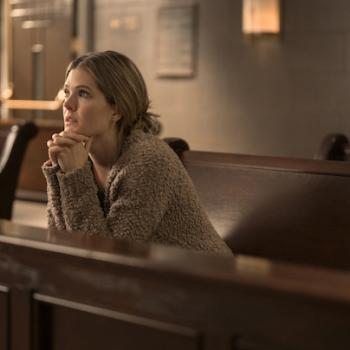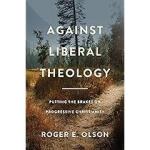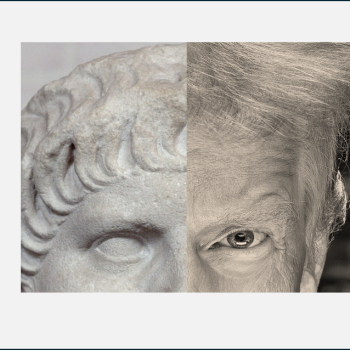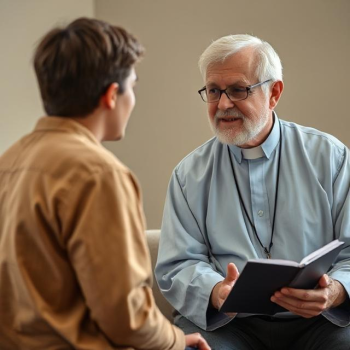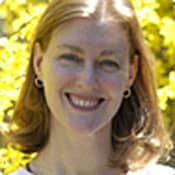Prayer is woven throughout the program, including an ASL Mass and several opportunities for prayer and scripture reading. "We try to get them to lead the prayers. The initial challenge with new students is that all their previous training has been based on a hearing model. We tell them, 'Think Deaf. Make it deaf-friendly.' They finally get it and do very creative visual presentations, like using Jack-o'-lanterns lit from within to show God's light shining through us. One of our students is devoted to the Rosary. She made a beautiful PowerPoint presentation using pictures, so it's not just beads and words."
Sister shared some of the differences between hearing and Deaf prayer services:
- "One example would be lighting. Hearing people may set the mood by using candle lights and no regular lighting. Nice for ambiance, but if it's too dark, the Deaf can't see—therefore they can't 'hear.' In a Deaf prayer service there would be light shining on the person leading the prayer.
- "Hearing people tend to sit in rows. The Deaf prefer circles or semi-circles, depending on the kind of prayer, so they see the faces of everyone, not the backs of heads.
- "The prayers themselves are more to the point; they don't include a lot of wonderful adjectives. When praying the Psalms many of the repetitions are left out. For example: 'rejoice and be glad.' Both expressions have the same meaning, therefore it would only be signed once—'rejoice.'
- "Deaf prayer services do not use much, if any, music. For an entrance rite, processing down the aisle waving streamers may be used instead of singing."
But what of those with partial hearing, like recipients of cochlear implants? "The hard-of-hearing are welcome at the MFP, but some want a broader experience. Working one-on-one with a hearing instructor can work well for them. The hard-of-hearing are really in the middle and don't fit neatly in either world. They want to be a part of both," she explains, "and they should be."
The connectedness that develops between MFP students is very special. "The faith-sharing of the Deaf is intense. They speak so often of their isolation and loneliness, even within loving families. For example, around the dinner table the conversation may be going too fast for them and if they ask questions they are often told, 'I'll tell you later.' Even if someone does follow up, it tends to be an abbreviated version of what was talked about, so they miss a lot of what goes on even in their own homes.
"One of our courses concentrates on forgiveness, which can be very hard for them. But by Sunday there is a total transformation, and I pray, 'Oh, thank you, God!' That ability to reflect and forgive makes them better ministers when they go home. They draw from their own understanding of how they experience healing to help others."
The MFP answers their questions about scripture, liturgy, Church history, and more, integrating knowledge into an active, mission-oriented life of faith. "Many deaf people have not had their 'factual' needs met. They have a thirst for facts. In this program, they are getting both the factual and the spiritual. Some come in at the beginning feeling very 'iffy' and insecure. But it's wonderful watching them mature and grow. We encourage them to seek spiritual direction and help them find the right person. Video phones make this a lot more possible."
The Church needs many more deaf and ASL-proficient Catholics to enter the priesthood and lay ministry. "We have an ongoing crisis in the Church. Ninety-five percent of the Deaf in the U.S. are un-churched. We are not doing the evangelization that is needed," says Sister.
The annual tuition for the MFP is $800, a number well below the actual cost. "It's heavily subsidized," she admits. "The tuition almost covers their room and board. We still have to pay travel expenses for our teachers, plus a minimal stipend—it's practically volunteer work. But we rent space and have administrative costs. Part of my job is raising funds."
Asked what she needs right now, she says, "We really need a website and a vlog (videolog*)—but we don't know how and we don't have the resources!" she declares good-naturedly.
For information on the Ministry Formation Program or to make a donation, contact Sister Rita Ann Wigginton, USO, at: [email protected] or call her at: (502) 640-4957 (502) 640-4957.
*For a superb example of a videolog, see Father MD, a wonderful deaf Catholic priest who videotapes catechetical lessons in ASL and posts them online.
